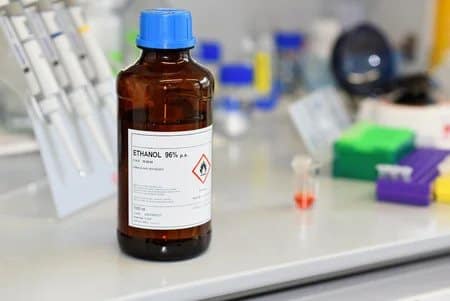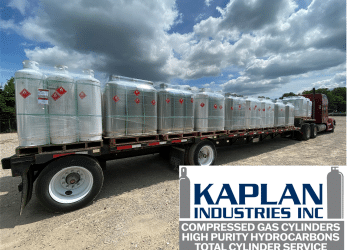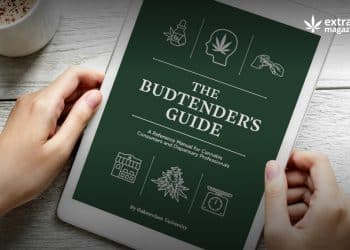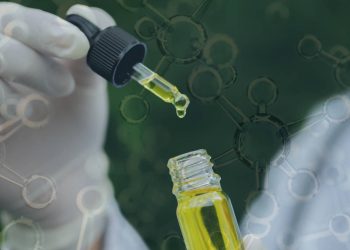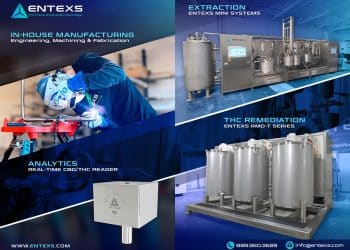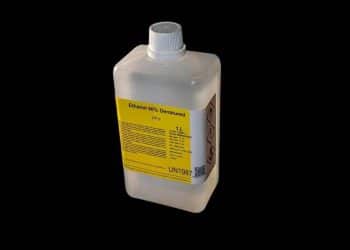Understanding Ethyl Alcohol Grades for Manufactured Products
There is a hierarchy for the purity grades of ethanol used in manufactured products. Which grade you use depends on what the purity standard your end-product requires. Lower solvent grade use increases the likelihood of impurities in the final extract, which either lowers the value of your product or could result in the batch rejection.
Tech Grade
“Tech” grade is the base grade of industrial alcohol, typically only sold in 190 or 200 proof, and usually has an off-putting smell. Newly-installed hand sanitizer dispensers at many stores have sanitizer made using a briefly-allowed “FDA interim purity standard” alcohol with that very distinct smell. That smell is a tell-tale sign the ethanol in that product is usually mixed with gasoline — to create “Fuel Grade” ethanol — and put into someone’s fuel tank, not for sanitizing purposes.
FCC Grade
Food Chemical Codex (FCC) grade is the next level of purity and is technically clean enough to manufacture food grade products. However, the testing methodologies are titration-based and depend on the lab technician’s ability to decipher subtle color changes in the solutions. FCC is the lowest grade for most products.
ACS Grade
American Chemical Society (ACS) is a big step up from FCC grade. However, unlike the next standard, ACS doesn’t specifically outline limits to certain organic impurities (ex. propynals, aldehydes). ACS grade is determined by a titration-based test that relies on the technician’s ability to see the subtle changes in the color of the solution indicating the presence of the aforementioned contaminants. However, this analysis doesn’t allow to define a specific impurity concentration in parts per million (ppm).
Pharmaceutical Grade
United States Pharmacopeia (USP), European Pharmacopoeia (EP), Japan Pharmacopoeia (JP), and British Pharmacopoeia (BP) are all part of the “pharmacopeia” group. There are specific tests that each one needs to pass and some pharmacopeia standards exist in one country’s standard but not in the others. For example, EP, JP and BP all require that anhydrous alcohol burns with a blue, smokeless flame while the USP methodology does not.
The main concern in pharmacological standards are the impurity levels as pure, anhydrous alcohol is used in certain medical procedures and medicines that bypass the liver. Impurities such as acetaldehyde, acetals, methanol, and benzene are specifically limited to pass this grade. At Simple Solvents, all of our ethanol and ethanol-based blends are made using USP grade ethyl alcohol, or higher.
HPLC Grade
High pressure liquid chromatography (HPLC) grade is considered to be the cleanest ethyl alcohol available and usually the price tag reflects that. HPLC grade ethyl alcohol use in extraction is typically limited to small batch reference standards due to its cost. The added filtration, fractional distillation, additional cleaning methods and purity verification add significant time to the production of HPLC grade ethanol.
Choosing the grade of ethyl alcohol you need is a key step to finalizing your process and the Simple Solvents team is always here to help you ensure your process is set up now to pass the coming FDA standards, which will likely be to use USP grade or higher.
USP methodology https://www.usp.org/sites/default/files/usp/document/harmonization/excipients/dehydrated-alcohol-08-01-2014.pdf
FCC methodology https://www.foodchemicalscodex.org/sites/fcconline/files/usp_pdf/EN/fcc/accelerated%20revisions/ethyl-alcohol-is-20201012.pdf
FDA interim use statement https://www.fda.gov/drugs/coronavirus-covid-19-drugs/hand-sanitizers-covid-19
ACS methodology https://pubs.acs.org/doi/10.1021/acsreagents.4136
